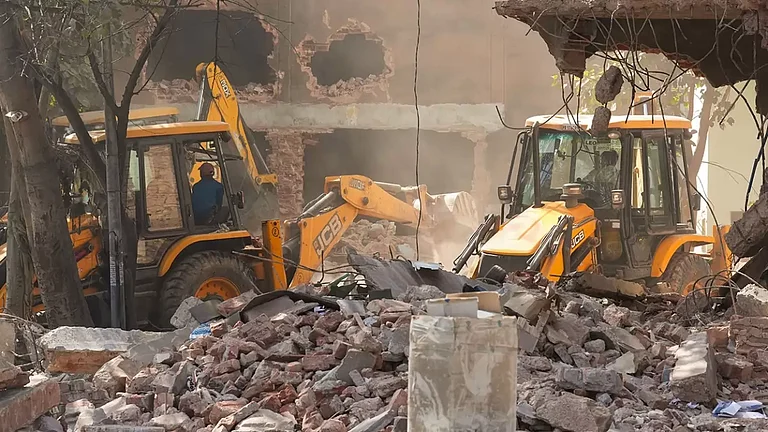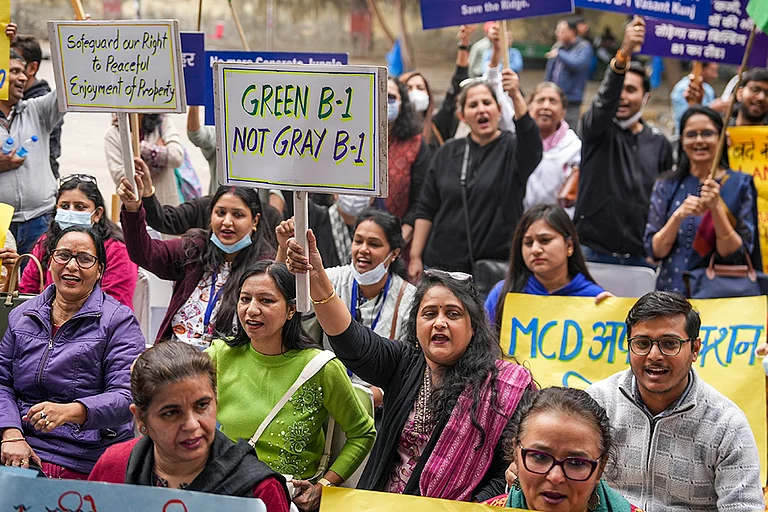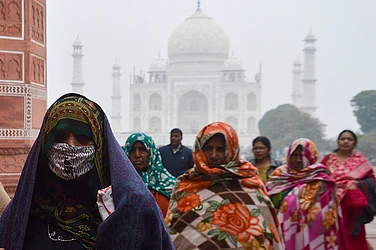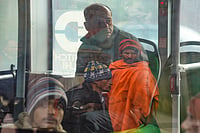From a distance, the tall white and orange towers of Asha Kiran Apartments in Kalkaji look like a modern dream come true. E-rickshaws and motorcycles line the entrance, children play in the park, and laundry brightens the balconies—a picture of stability delivered to former slum-dwellers under the government's "Jahan Jhuggi Wahan Makaan" scheme. But step inside, and the dream quickly dissolves.
The air is thick with the smell of open drains, and the ground between the towers is a mess of soapy water, human waste, and scattered garbage. Broken beer bottles hide in shadowy corners, posing a question: were these buildings made for living, or just for show?
This was meant to be a new beginning for residents of Govindpuri's Bhoomiheen camp, where 300 homes were razed to the ground on June 11, 2025. In 2023, the Delhi Development Authority (DDA) rehoused nearly 1,900 families here, but the transition from a tight-knit community to a vertical society has been anything but easy.
For Tabassum, a 42-year-old homemaker who has lived in a one BHK flat with her family of five since the move, there is a deep sense of relief. "I am very happy that now we have a shelter over our heads where we are safe and secure," she says with a positive smile. After years of fearing eviction, she no longer has to worry about losing her home.
Yet, her relief is mixed with frustration. "I like it here, but dampness on the walls is a constant problem." While grateful, she also feels sad for the old neighbors who weren't given flats and now have nowhere to go.
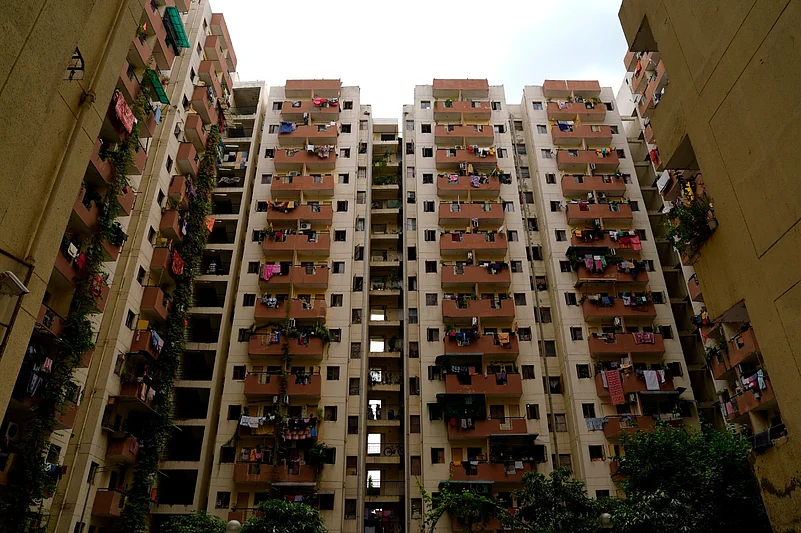
The promise of a better life came with the promise of better amenities, but for many, it feels like a lie. "We were promised we would have sweet, drinkable water," says Ranjeet Kumar, 44, "but the water we get, we cannot drink it. The facilities in Bhoomiheen were better."
Anju Rani, 55, who lived in the camp for 40 years, agrees. "Sometimes the water is so dirty we have to search for clean water just for cooking," she says. "They installed big RO tanks, but nobody checks if they are clean. We had to clean them ourselves."
Beyond the poor water quality, residents are burdened by inferior construction. "The water pipelines and taps are such poor quality that we have to spend our own money to get them repaired every month," says Jyoti, a 31-year-old homemaker.
"What is the point of the government helping if we have to spend money to fix our homes? I sometimes feel we were better off in the camp." Her complaints to DDA officials have gone unanswered, leaving her to worry about more than just leaks. "In case of an emergency like a fire, I don't think anyone will be able to run for their lives because the building is so congested."

As the physical infrastructure crumbles, so does the social fabric. The one-size-fits-all flats are a struggle for larger families, and a sense of lawlessness has taken hold. "The environment is very unsafe," says Rakesh, 35. "People openly drink and smoke here. In the evening, it gets really unsafe as men gather everywhere to drink." Ranjeet adds, "People here don't know how to live in a society."
The discovery of alcohol bottles stuffed inside electricity meter boxes is harsh evidence of this decline. This behavior has created a cycle of neglect. "Every piece of society has garbage," Rakesh notes. "People do nothing and are completely dependent on the government for everything."
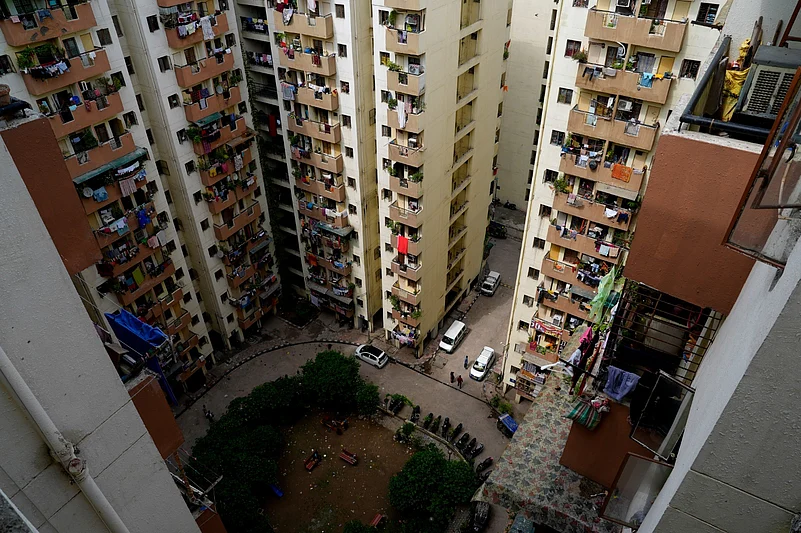
The Asha Kiran Apartments stand as a symbol of a half-kept promise, an underprivileged version of a rich dream that looks promising but feels hollow. For this initiative to succeed, both the authorities and the residents must step up. The government’s responsibility cannot end with just handing over the keys; it must ensure proper maintenance, enforce rules, and address critical issues of safety and sanitation.
At the same time, the residents must build a sense of community ownership and contribute to maintaining their new environment. Without this partnership, these towers will remain just buildings, not homes—a constant reminder of a new beginning that started to crumble with time.









